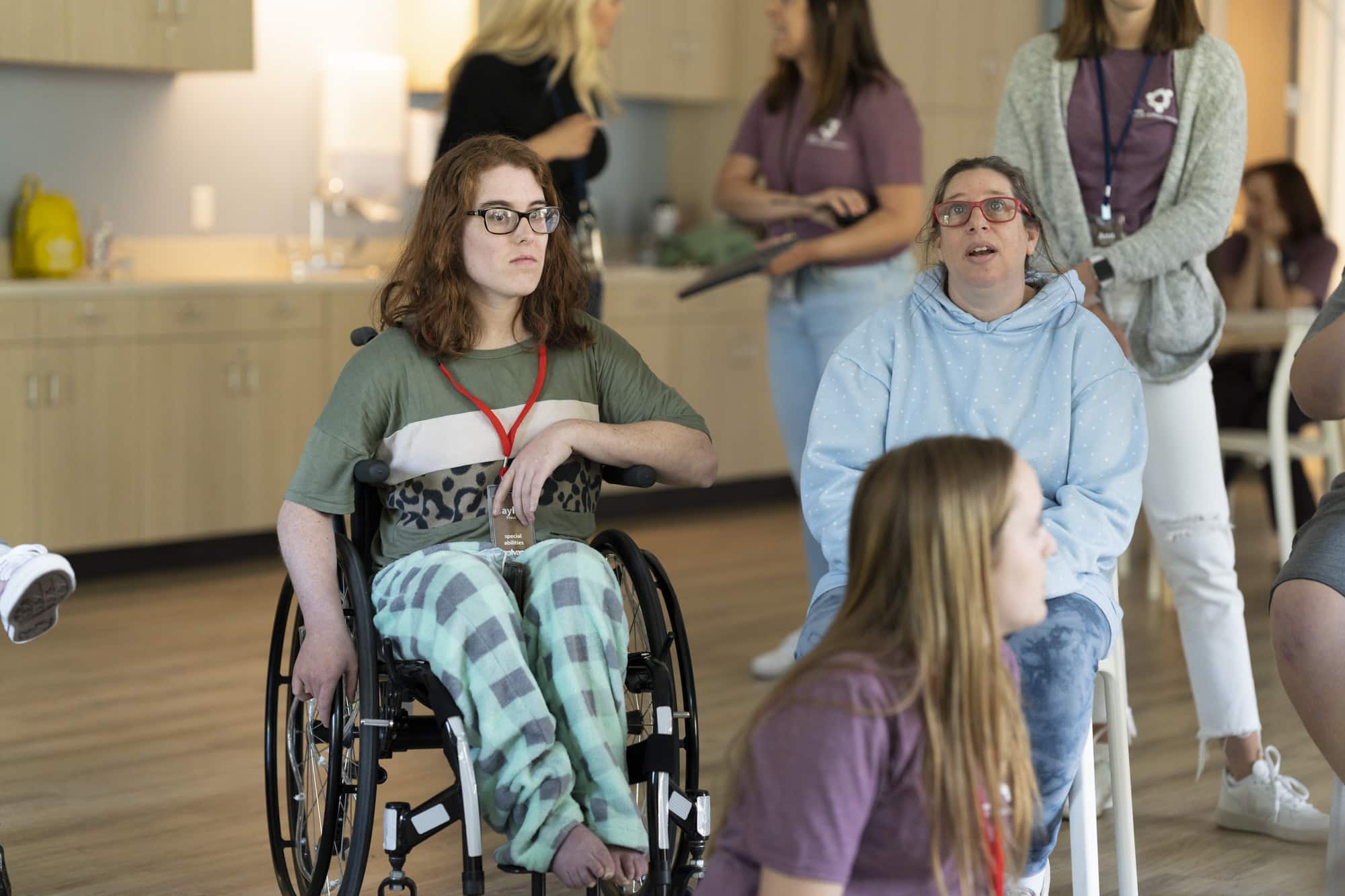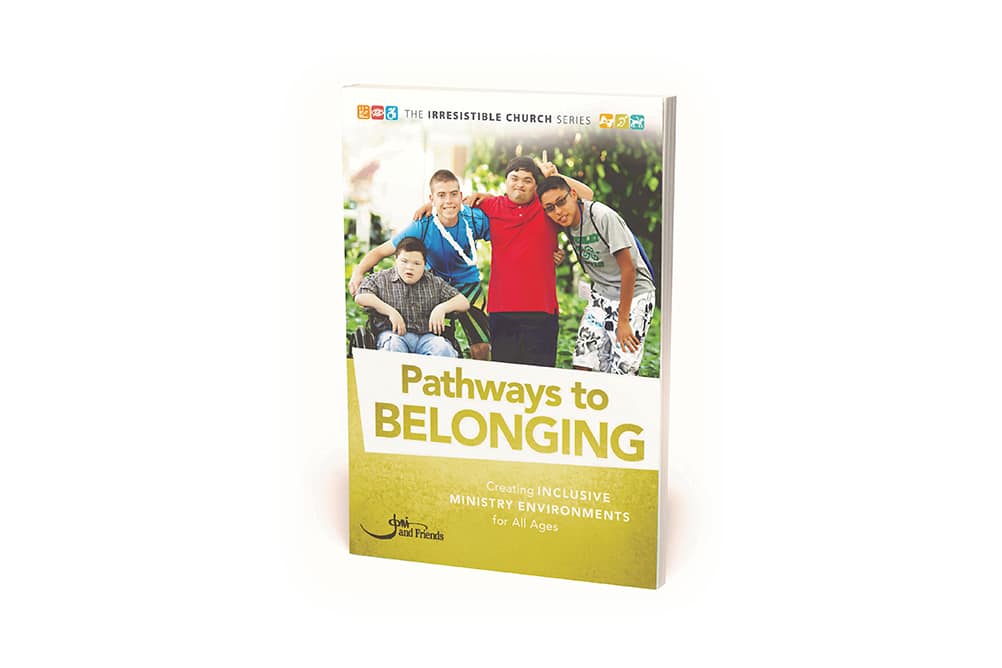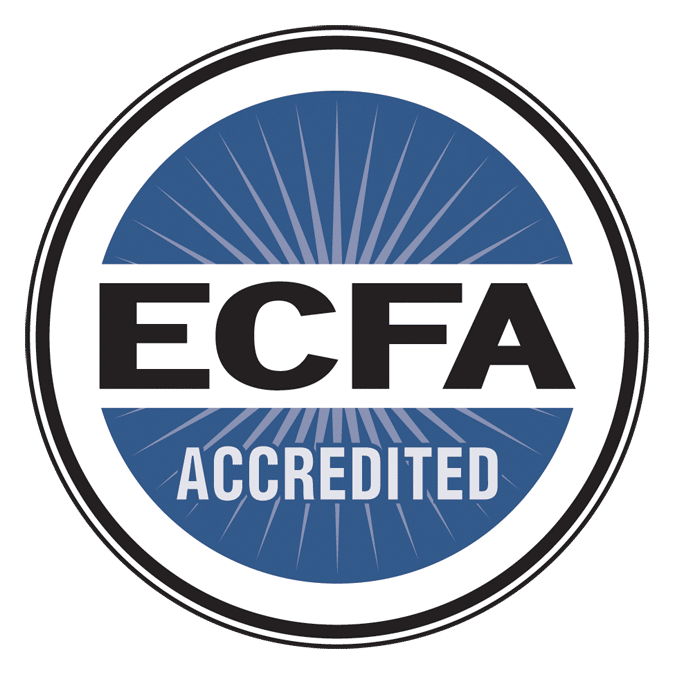Helpful Tips For Making Your Church More Physically Accessible


Virtually no church wants their space to be physically inaccessible. And yet, for a variety of reasons, many churches find themselves in exactly that situation. Perhaps you’ve inherited an old, inaccessible facility. Or, you rent a space and have no ability to make major changes. Whatever your situation, there are steps you can take today!
God’s heart is to welcome people of all abilities into his church.

For those with disabilities, that requires churches to remove the physical and environment barriers that can make it difficult or even impossible to participate in worship services and programs.
Though churches are not mandated to follow the Americans with Disabilities Act (ADA), the principles of universal design behind the ADA help churches make the provisions needed to welcome everyone

Note: It is important to invite church leadership to participate in the process by demonstrating the accessibility barriers found in your church facility.
When discovering these barriers, evaluate what can be done immediately, soon, and in the long term. Consider these principles as you plan the next steps towards accessibility.
5 Principles of Accessibility
1. Accessible facilities provide access without limiting options.
Designated wheelchair seating existing in only one part of the sanctuary may have the effect of segregating or isolating people with disabilities.
2. Accessible facilities enable independence.
A wheelchair ramp that leads to a door that cannot be opened by a wheelchair user is not an accessible door. Things like doors, wheelchair lifts, and elevators should be operated with minimal strength, motor skills, or cognitive ability. Signage should be legible to people with visual or cognitive impairments using braille, high-contrast letters, and symbols.
Can people with disabilities…
- get from the parking lot into all buildings and the rooms in the buildings?
- access all stages and platforms?
- navigate every doorway?
- access additional facilities, such as drinking fountains, sinks, and bathroom stalls?
3. Accessible facilities respect sensory needs.
Disability sometimes affects the five senses. Sight and hearing are the two most well-known. Things like announcements, sermons, worship, and fire alarms all need to be communicated in multi-sensory ways. Sign-language interpreters, audio induction loop systems (for hearing aids), and lyrics projected on a screen are all ways of improving sensory accessibility. Consider also how those who have sensory sensitivities (such as many people with autism) may also be impacted by the sights, sounds, and smells of the facility.
4. Accessible facilities include people with disabilities in the design process.
Designing a space for people whose experiences and needs differ from your own requires inviting them into the decision-making process. Because people with different kinds of disabilities may experience things differently, it is important to survey a broad cross-section of people.
5. Accessible facilities improve safety.
How would someone who is deaf know the fire alarm is going off? How can someone who is blind tell when they are getting near a staircase? Consider how your church design improves the safety of people with disabilities.
Implementing Changes
1. Long-term changes
Some changes require budgeting and planning. Most churches will be unable to simply cut a check and install an elevator. But the first step to making needed changes is to discover the needs. For help planning accessible architectural changes, please contact [email protected].
2. Near future changes
Many (perhaps most) changes can be done with a modest budget. Ordering new signs, painting accessible parking spaces, or building mobile plywood ramps can be done relatively quickly with minimal expense.
3. Immediate changes
Some changes can happen immediately. If a Bible study meets on an inaccessible second floor, simply changing the meeting location makes it accessible. Adding more wheelchair-designated spaces throughout the sanctuary may be as simple as removing a few chairs. Consider what changes can be made at no cost.
Accessibility Beyond the Church Campus
Apply these same principles to all church activities, such as in-home small groups. Consider how people with disabilities can determine beforehand if they can participate in a ministry event, activity, or meeting happening outside of the church building.
Announce Your Church’s Accessibility
Many people with disabilities are not willing to risk going somewhere until they know it is accessible to them. Their first visit to your church will likely be online. Make sure your website tells people you have an accessible facility. Include the name and number of someone who can answer their questions about accommodations they may need. List Disability/Special Needs as one of the ministries or programs of your church so it will be found on an internet search. Be clear that people of all abilities are welcome at your church.

Do You Have Questions?
Contact us at [email protected] or call (818) 707-5664. We’re here for you. Your ministry’s success is our highest priority!
Want to Learn More?
For more information on navigating challenging behaviors from those with special needs, read Pathways to Belonging from the Joni and Friends Irresistible Church Series.






